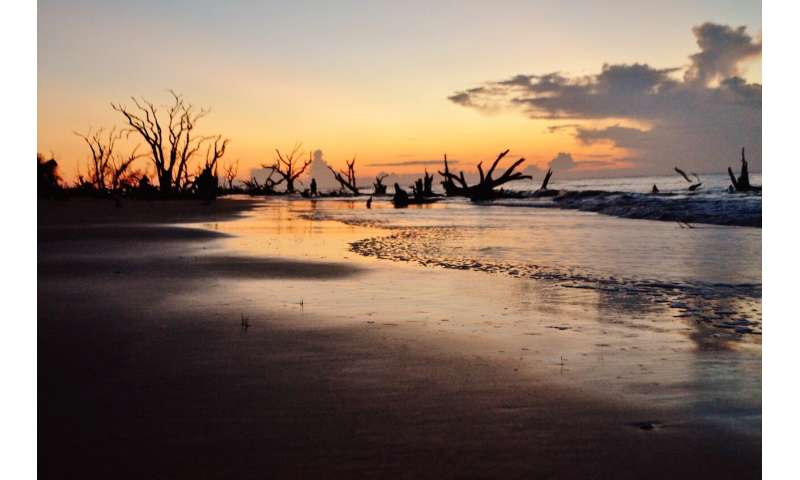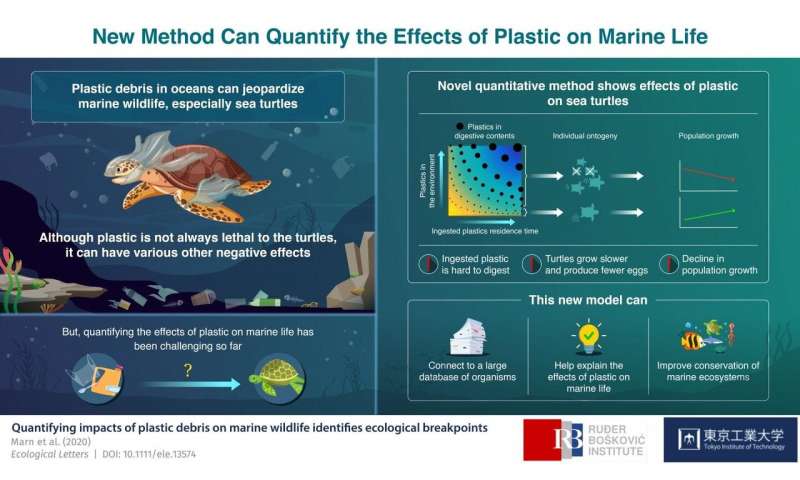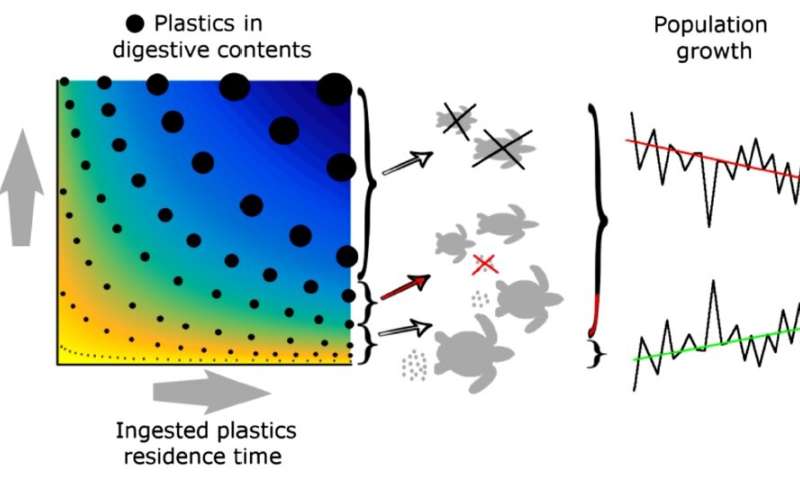
SOUTH AFRICA / STRIKES - 09/01/2020
Residents of the South African town of Standerton saw waste piling up on their streets as municipal utility workers went on strike over inadequate pay and a lack of personal protective equipment. Photos and videos posted online show the shocking scene of a main street in Standerton covered in hundreds of bags of uncollected rubbish. Videos went viral on social networks showing residents dumping their rubbish in front of a local municipal building on August 23 as they protested the ongoing strike.
Standerton is the seat of the Lekwa Local Municipality, a district in eastern South Africa. The office of the municipality in Standerton is the site of intermittent unrest as well as a dumpsite for residents angry at the lapse in public services.
Because the local @MYANC municipality is in shambles, trash has not been collected for four months in addition to lack of power, water and other basic services, people decided to dump in town! A letter was sent to @CyrilRamaphosa on this but we know nothing is gonna happen! pic.twitter.com/OrslhhYg7m
Mthandeni (@Mtimande_N) August 23, 2020
Local residents are seen dumping rubbish bags into the street in a video posted to Twitter on August 23.
Standerton...my hometown. Words fail me 💔💔💔😭😭😭 pic.twitter.com/Y9MhQp3zmp
Sakina Kamwendo (@SakinaKamwendo) August 25, 2020
A video posted on Twitter on August 25 shows the extent of the rubbish in front of the Lekwa Local Municipality building.
‘It was shocking’
South African broadcaster Newzroom Afrika reporter Mweli Masilela saw the streets filled with trash when he visited Standerton:
It was shocking. All the people that I’ve spoken to said that this was the first time ever they’ve seen that area in that state. And even myself, I’ve never seen that area in that position.
Standerton public utility workers from the South African Municipal Workers Union (SAMWU) went on strike on August 4. Their complaints included a lack of personal protective equipment (PPE), inadequate pay and dangerous working conditions. After a month of striking, SAMWU Workers apologised to the public for the lack of services but said they will not return to work until their demands, including a pay raise of 6.25 percent, are met.
Standerton Chronicle
about a week ago
ON THE OTHER SIDE OF THE COIN... EMPLOYEES WANT TO WORK
Municipal workers reckon they are not on strike, they are ready to work, according to them they just need the correct PPE, tools, and spares.
It was added that the Lekwa management is rather the ones that are on strike by not doing their jobs.
...See More
In photos posted on Facebook August 25, signs describe municipal workers complaints and demands.
Photos posted on Facebook on September 1 show municipal workers burning tyres in protest outside the Lekwa municipal building.
Masilela explained:
Standerton Advertiser
on Tuesday
Small group of protesters burn tyres
The newspaper was greeted with 'Ons gaan nie opgee nie'.
The main municipal building is once again the target.
...See MorePhotos posted on Facebook on September 1 show municipal workers burning tyres in protest outside the Lekwa municipal building.
Masilela explained:
The municipal workers asked the manager at the Lekwa municipality to step down because of allegations of corruption [Editor’s note: the Lekwa municipality has been accused of spending money on cars and private bodyguards while public infrastructure deteriorates]. They believe that the people at the municipality are compromising their safety because they end up not being able to do the right thing in terms of providing personal protective equipment.
Amid South Africa’s battle with Covid-19, local residents also fear the health risks of waste piling up. As municipal workers continue to strike, the rubbish has been cleaned up sporadically by a local group funded by private citizens, known as the Lekwa Clean Up Crew.
Masilela said that when he visited Standerton last week, the streets were mostly cleared.
During this time you expect that we must try by all means to be clean. So if there’s trash all over, it worsens the situation. I think that is why community members decided that they should do something themselves.
LCUC STILL FOR THE IMPROVEMENT OF STANDERTON
On 31 August, the Lekwa Clean Up Crew (LCUC) is still hard at work despite the turbulent times in Standerton.
They do refuse removal, repair potholes and replant stop signs.
...See MorePublic service failures
In addition to a growing waste problem, Standerton residents have been dealing with intermittent power shutoffs and poor water quality. Locals say that public services have been intermittent since South Africa began its Covid-19 lockdown on March 26, which came with an increase in electricity consumption in homes.
Electric utilities are paid to the municipality by residents. The municipality then pays Eskom, the South African public electricity provider. The Lekwa Local Municipality owes over 1 billion rands (€50 million) to Eskom, and the company charges upwards of 5 percent interest. Intermittent power outages are used to avoid a total blackout while the municipality remains in debt, the mayor said. However, these outages affect other utility services including water pumps and treatment plants.
‘There’s no meat in stock anymore because it ends up rotting in the fridge’
Masilela explained the effect on local residents and businesses:
They'll go for about eight hours without electricity, which is very problematic because there are some old-age homes, so those people end up not being able to prepare food during the pandemic. Many businesses had to close because of this electricity situation. Some have actually resorted to alternative sources of power, like solar and generators, which is very costly. Without electricity, it's difficult to run a business. For butchers, there’s no meat in stock anymore because it ends up rotting in the fridge.
This isn’t the first time that Lekwa’s debt to Eskom has caused harmful outages. Last year, Eskom penalties against the municipality resulted in raw sewage being polluted into the Vaal River, an important local water source
On August 31, a judge ordered Eskom to restore essential electricity service to Lekwa residents. Meanwhile, Lekwa Municipal Manager Gugulethu Mhlongo-Ntshangase has been charged with failing to provide adequate services to the public.
This article was written by Pariesa Young.

















